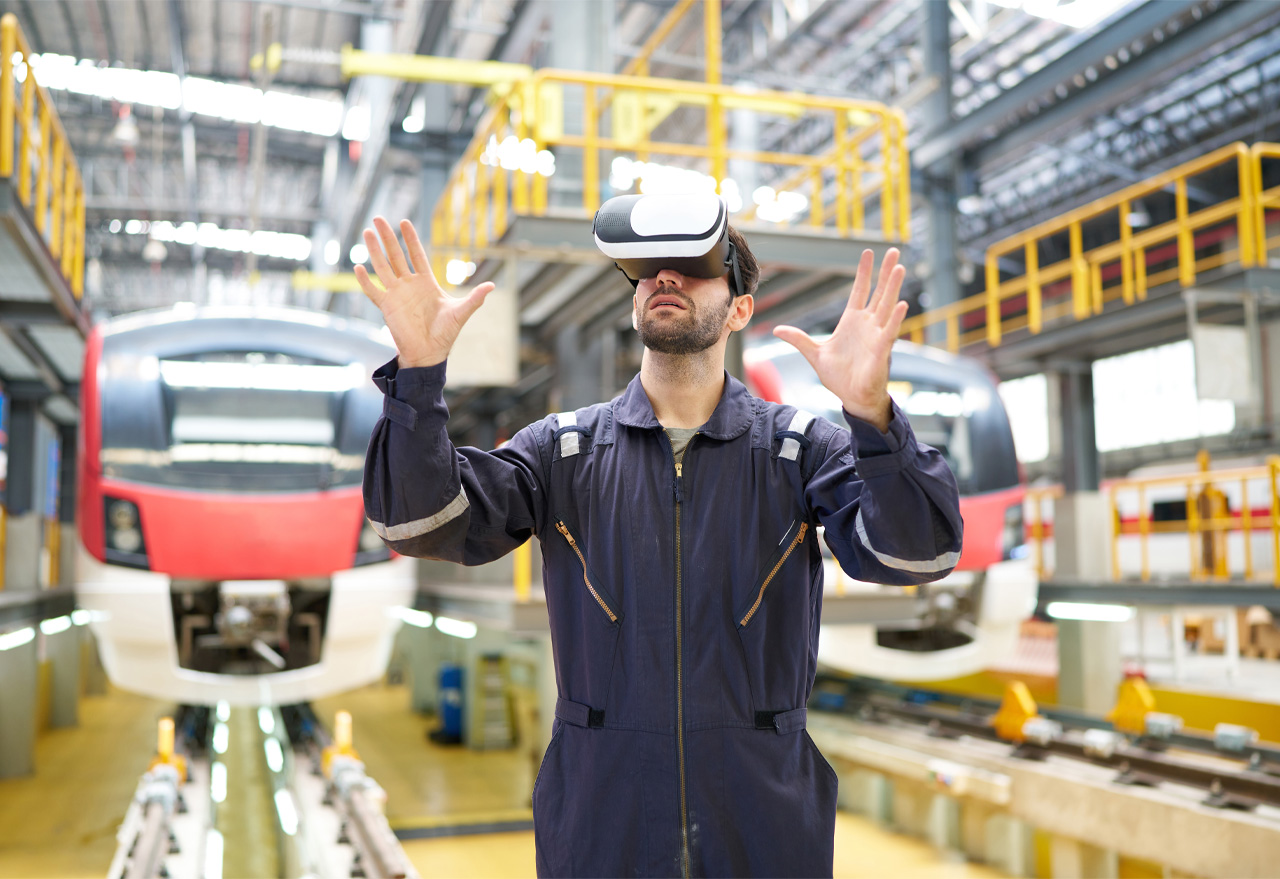With the tech world abuzz with excitement over the possibilities of augmented reality (AR) and virtual reality (VR), the business world is rightfully starting to sit up and pay attention to this emerging technology.
Dubbed as the 'next major computing platform' and arguably set to become as important for the enterprise as Google, AR has the potential to transform the way businesses operate and interact with their customers.
In short, AR blurs the line between what is real and what is computer-generated by enhancing what we see, hear, feel and even smell. While virtual reality creates an entirely new and computer-generated environment, AR overlays elements such as graphics and sound to augment our real-world environment. Investment bank Goldman Sachs has researched the combined AR/VR market and projected that it has the potential to spawn a multibillion-dollar industry in the coming years. This industry would include a bustling marketplace of applications for both the consumer and business realms.
As developers and technologists work feverishly to turn this potential into tangible results, businesses of all sizes and across sectors should already be considering ways to incorporate AR into their operations.
Ultimately, AR will be so seamlessly integrated into our professional and personal lives that we will barely notice it.
The Future of Wearables
Imagine wearing AR-powered contact lenses that allow you to enter a warehouse and immediately view the contents of containers – saving you the hassle of physically opening each one and searching it? Or taking a hike with the same contact lenses and being able to view a bird or animal, with the identity and background information of that animal immediately overlaid onto your view? This is the tremendous power of AR: its ability to identify objects in the real world and then augment your view with relevant and valuable information.
While the contact lens example is something that will only become a possibility when the power issue for devices is solved (and we can make the hardware small enough for microscopic use) there are several areas in which businesses can derive immediate and profitable gains from AR applications.
Impact of AR on Marketing
AR fundamentally changes the traditional marketing dynamic from static/one-way to interactive and multi-dimensional. With the right apps, consumers finally get to 'control' and navigate their own experiences – and to discover brands in a way that is meaningful (and memorable) to them as individuals.
Imagine, for example, a first-time luxury car-buyer deciding between Audi and BMW. In the past, the buyer would visit showrooms, take test drives, and read through glossy manuals. Now, with leading carmakers incorporating AR into their marketing and branding, this type of physical 'research' has become somewhat archaic. Today, potential buyers can take virtual test drives and explore AR manuals – 'trying out' various features and absorbing the luxury experience from the comfort of the couch…simply using their smartphones.
How to Integrate AR Into Your Training Programmes
AR apps are also emerging to help businesses streamline training programmes as well as onboarding processes. From mammoth aviation companies all the way down to small or medium-sized design firms, AR can be used to simulate real environments and live situations in order to train employees – without the significant upfront cost of construction of physical aids or props.
In addition, major companies, including banks, have already leveraged AR in combination with gamification in order to create more efficient and compelling onboarding processes for new employees. Instead of having to sift through endless paperwork, AR apps can turn such processes into an educational, interactive and highly engaging experience.
Augmented Reality Maps
Maps and location-based apps are arguably one of the most important and exciting areas of AR at the moment and will be as significant to businesses as Google has become – in terms of a way for customers to immediately locate and interact with your business. Instead of merely being able to locate a business, AR will enable users to hold up their devices to a map or physical location and immediately derive key information – such as what the business does, how to contact it, and directions. Just as with Google, becoming AR-enabled will be key to visibility for every business. Ignoring this trend is, in our view, a risky enterprise.
As all the major technology companies launch AR-powered devices and apps, the onus is on businesses to find ways to benefit from this transformative computing platform in both the short and long term.






